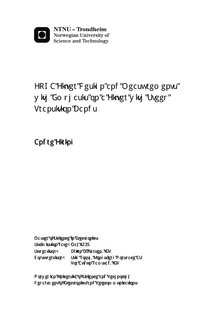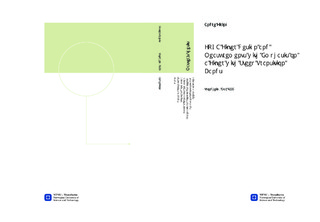| dc.description.abstract | The objective of this thesis was to design and implement a digital bandpass filter with emphasis on steep transition bands. The goal of the design was to create a FPGA based digital alternative to an existing analog filter used in the Galileo Satellite Search and Rescue Transponder. This filter has a passband of 100 kHz centered at 70:98 MHz. The transition bands of the filter are approximately 50 kHz on both sides of the passband, ending in a stopband attenuation of at least 80 dB. The phase of the filter response is linear. The proposed filter, called Masterfilter, was designed by applying multistage and multirate filtering techniques, including undersampling, signal mixing, decimation and interpolation. The filter was designed with a sampling frequency of 30 MHz, and the input signal was undersampled down to 10:98 MHz. The output of the Masterfilter was centered at 3:48 MHz, with a bandwidth of 100 kHz. Matlab was used to simulate the behavior and determine intermediate filter characteristics, while VHDL was used to implement the filter in hardware. To make the design fit the performance and spacial limitations of a space qualified FPGA, digital design optimization techniques such as pipelining and resource sharing were implemented. The filter was designed to be as general as possible, meaning that no vendor specific components were used in the design. The digital filter was tested using several approaches, including impulse responses and tone testing of both internal filters and the complete filter system. The transfer function of the Masterfilter was verified using Modelsim simulations. In addition to these simulations, a version of the filter was implemented in an Altera Cyclone II FPGA, where the functionality of the filter, and the actual frequency response was determined. These results provided a transfer function for the complete filter system. It was concluded that the filter did fulfill the requirements given, and that it would be a sucient digital alternative to the existing analog filter in the Search and Rescue Transponder. An infinite attenuation, where the output transmitted a constant zero was measured at 39 kHz below the passband, at at 30 kHz above the passband. Some issues with timing were encountered when using certain optimization techniques. Therefore, it would be recommended that a device specific clocking logic should be used in an FPGA implementation. | nb_NO |

